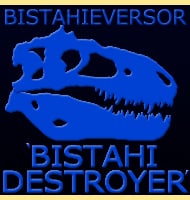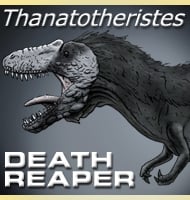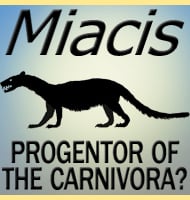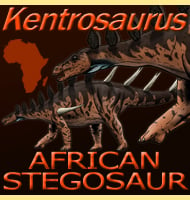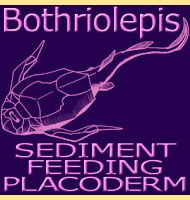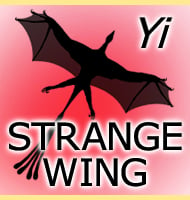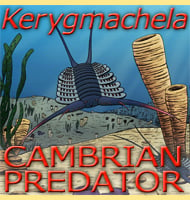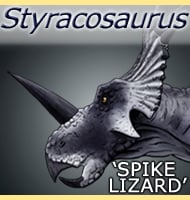In Depth
Scaphognathus acquired the somewhat unglamorous name of ‘Tub jaw’ because of the robust snout construction. Still when first described, Scaphognathus was included into the pterodactyloidea because of the lack of a tail. This lack of tail actually misled the original examiner as in realty it had just failed to fossilise with the rest of the specimen. A second individual of Scaphognathus had the tail preserved and this discovery brought the revelation that Scaphognathus instead belonged with the basal rhamphorhynchoid pterosaurs.
The teeth of Scaphognathus are widely spaced and arranged vertically. Scaphognathus could quite easily have lived an insectivorous lifestyle, although other prey items are not completely out of the question.
The skull of Scaphognathus is the key area that makes it identifiable, and across the top of the skull is a bony growth. This bone may have actually been the support for a head crest in life, although so far no crest has been found with any of the specimens. This does not necessarily mean there was no crest in life, as had there been one it would likely have been made from soft tissue such as keratin, which does not preserve well if at all.
Apart from differences in the skull, Scaphognathus was morphologically similar to Rhamphorhynchus and Harpactognathus, particularly with a potential crest similarity to Harpactognathus. Also, like Rhamphorhynchus, scleral rings indicate Scaphognathus was probably nocturnal.
Further Reading
– Pterodactylus crassirostris. – Isis von Oken, Jena pp. 552–553. – G. A. Goldfuss. – 1830. New information on the pterosaur Scaphognathus crassirostris and the pterosaurian cervical series. – Journal of Vertebrate Paleontology, 24(Supplement to #3):38A – S. . Bennett – 2004.

